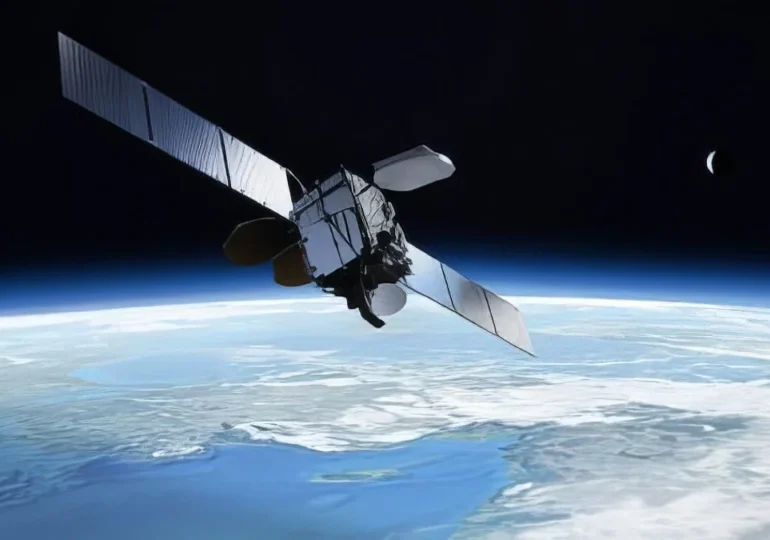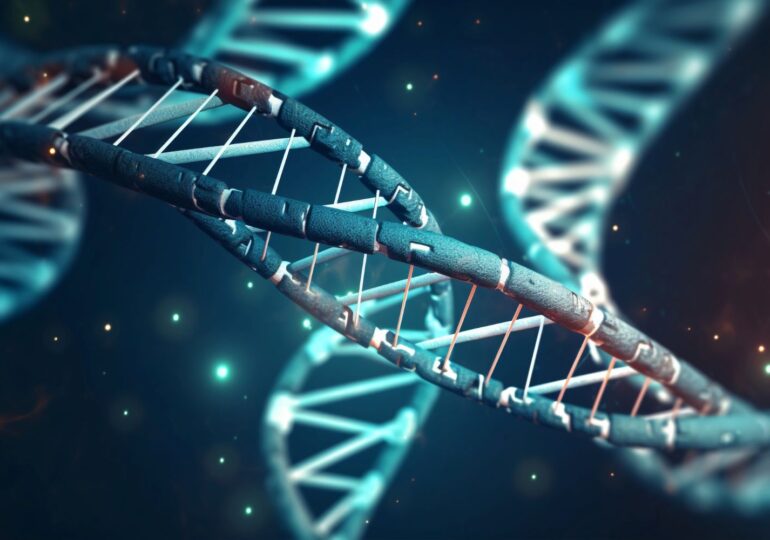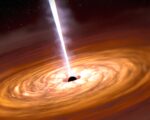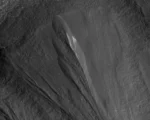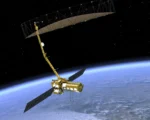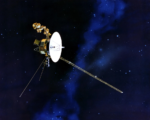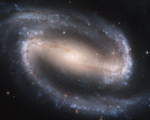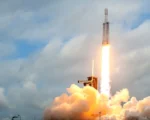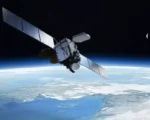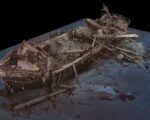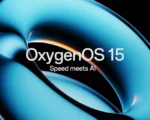NASA Reveals Prototype Telescope for LISA Mission to Detect Gravitational Waves from Space

NASA has unveiled a full-scale prototype of the telescopes that will be integral to the LISA (Laser Interferometer Space Antenna) mission, designed to observe gravitational waves from space. Gravitational waves, ripples in the fabric of spacetime caused by massive cosmic events like the merging of black holes, offer crucial insights into the universe’s most mysterious phenomena. The LISA mission, a collaborative effort between NASA and the European Space Agency (ESA), will employ laser-based measurements to detect these waves. By measuring minute distance changes between spacecraft, LISA aims to revolutionize our understanding of gravitational forces and spacetime.
At the heart of this ambitious mission is an innovative array of three spacecraft, arranged in an equilateral triangle with each side stretching roughly 1.6 million miles (2.5 million kilometers) apart. The telescopes are fundamental components of the system, as they will handle the precise transmission and reception of infrared laser beams across the enormous distances. Each spacecraft will be equipped with twin telescopes, forming the basis of the laser communication system. NASA is tasked with building all six telescopes for this mission, and the recent prototype, referred to as the Engineering Development Unit Telescope, marks a major milestone in the development process.
The Engineering Development Unit Telescope prototype arrived at NASA’s Goddard Space Flight Center earlier this year, where it has been thoroughly examined and tested. The prototype was manufactured by L3Harris Technologies and constructed from a unique material known as Zerodur, a glass-ceramic that maintains exceptional thermal stability in the extreme temperature fluctuations of space. This stability is critical to ensure that the telescope’s shape and performance remain consistent. Additionally, the telescope’s primary mirror is coated in gold, a choice that optimizes its reflectivity for infrared laser light, minimizing heat loss and enhancing the telescope’s efficiency.
Ryan DeRosa, a researcher at NASA’s Goddard Space Flight Center, highlighted the importance of this prototype for informing the design of the final flight hardware. The telescope will play a key role in the success of the LISA mission, which represents a groundbreaking approach to space-based gravitational wave detection. By using this advanced laser technology, scientists hope to detect and analyze gravitational waves more accurately than ever before. The mission will not only contribute to fundamental physics but could also open new windows into observing the cosmos, offering a unique perspective on events that have shaped the universe.



